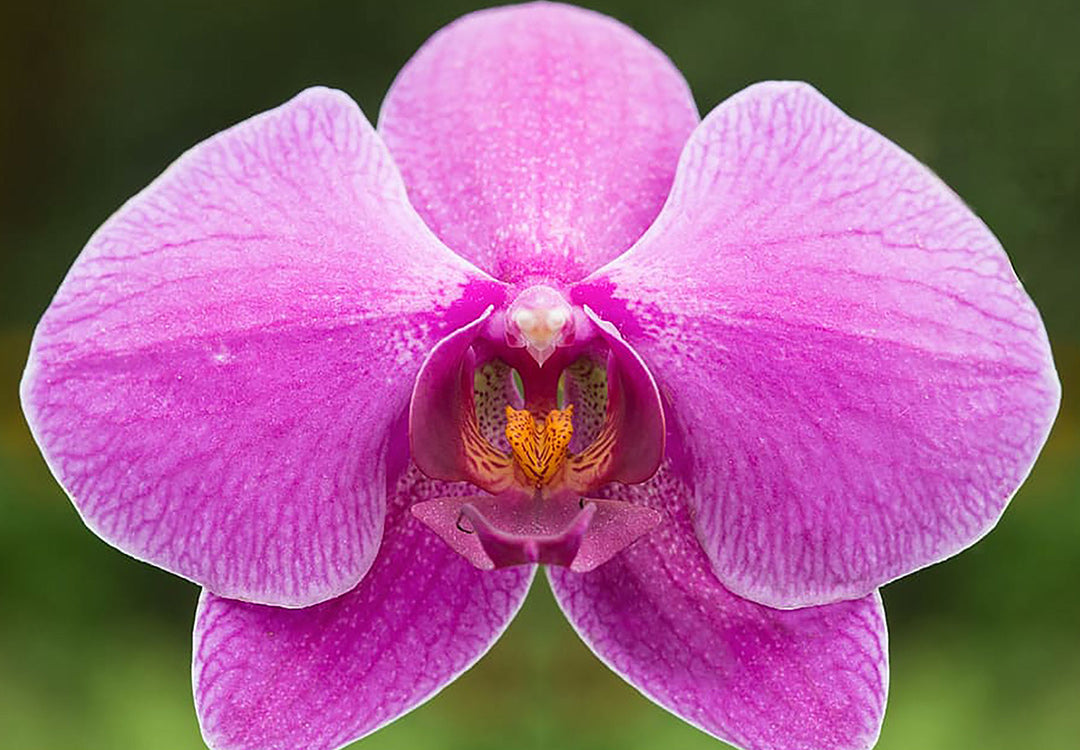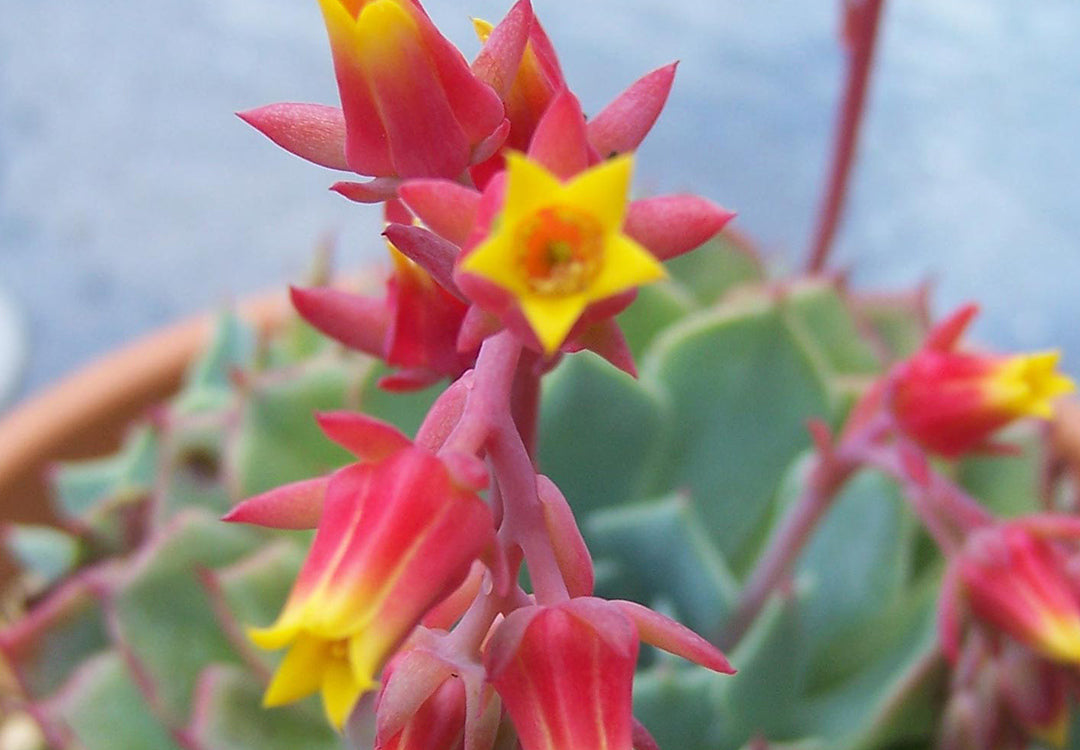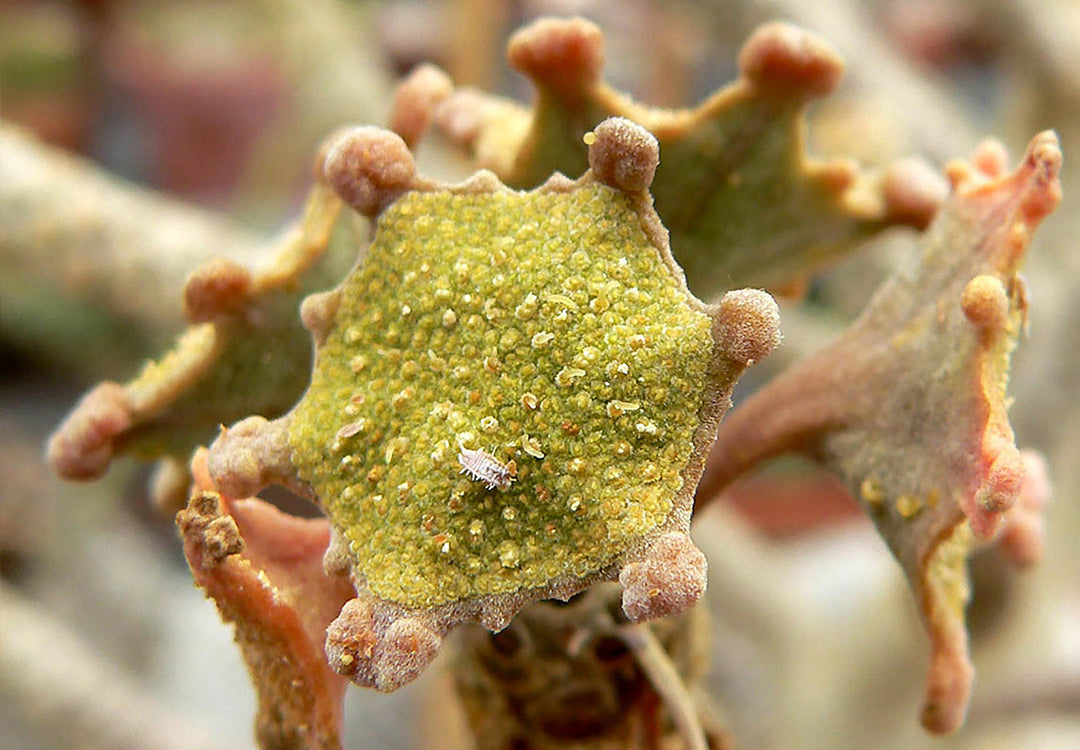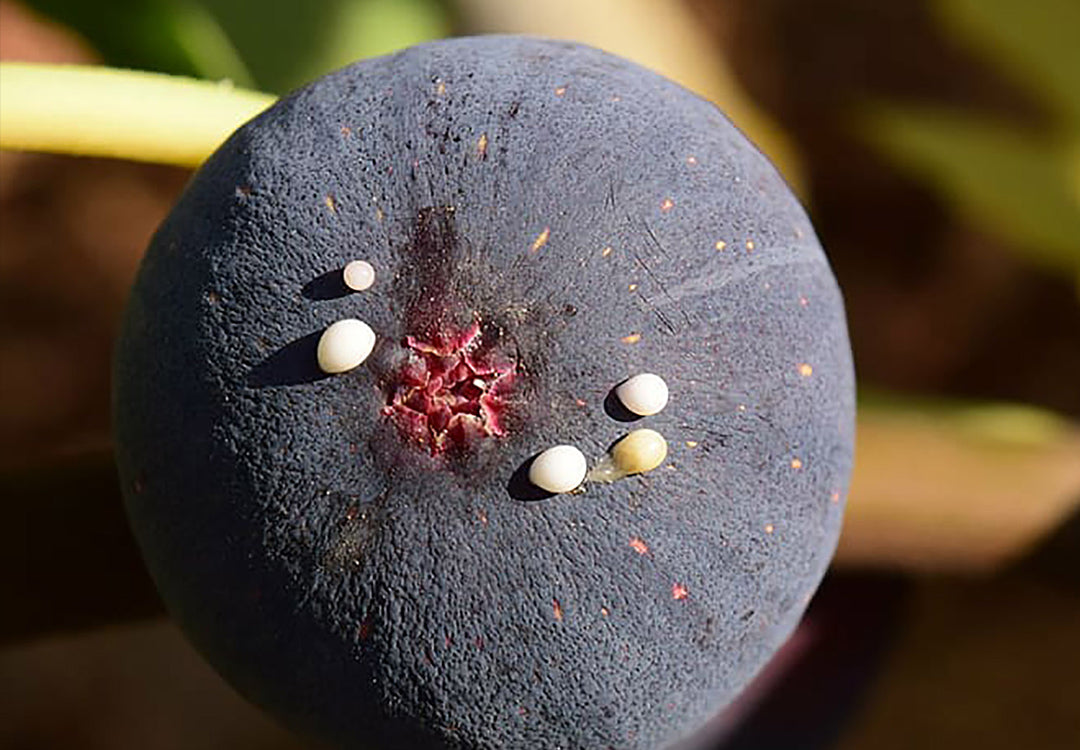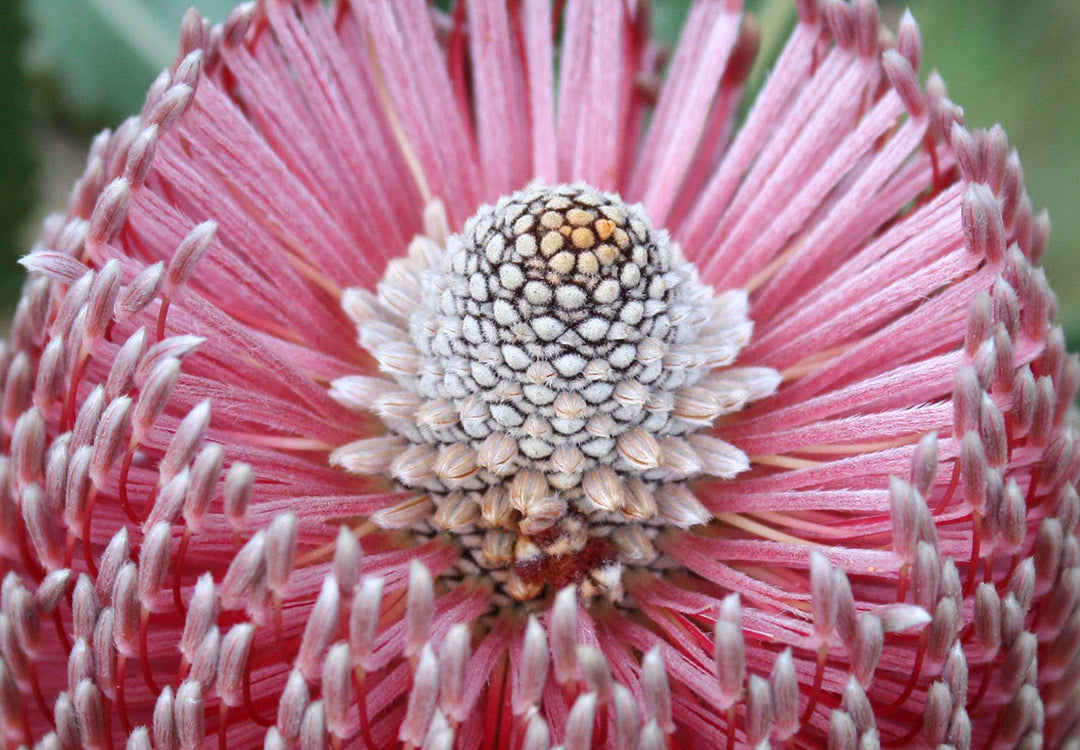Orchidaceae, The Orchid Family
There are few flowers that inspire the type of awe that orchids do. They come in some seriously weird and wacky forms and I’m not quite sure there’s such a thing as an ordinary orchid, unless you’re comparing it against other orchids. All orchids belong to a single family of monocots, Orchidaceae. You might find members growing in the soil or
Continue reading
